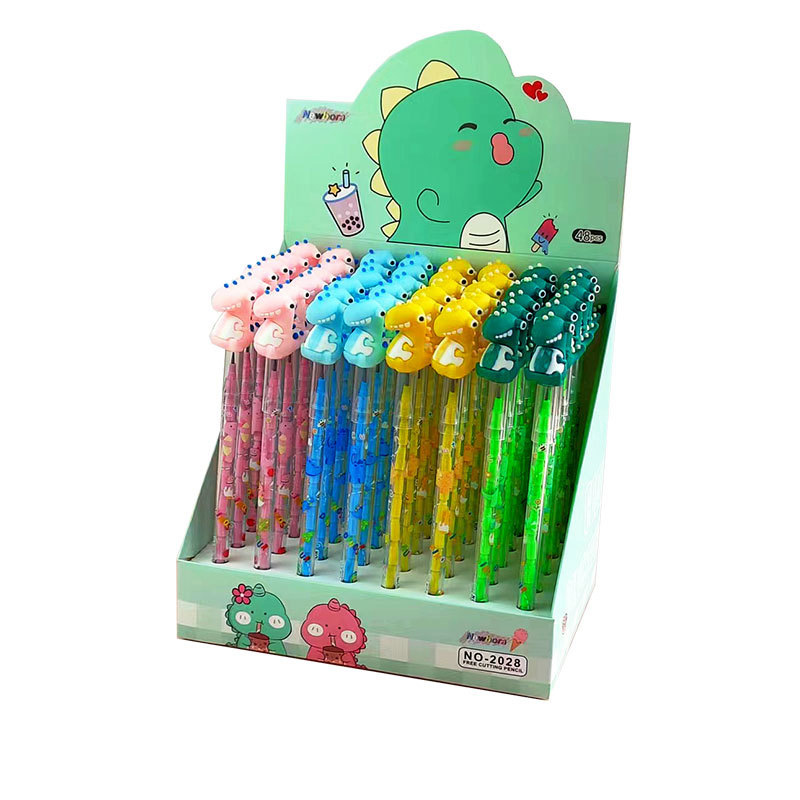Despite the surge of digital drawing tools and styluses, the humble pencil remains an essential instrument for artists, designers, and professionals worldwide. Celebrated for its versatility, precision, and tactile control, the pencil continues to be favored for everything from initial concept sketches to detailed architectural plans. Its unique ability to deliver a wide range of line qualities—depending on the grade of graphite—makes it a timeless tool that bridges traditional craftsmanship and modern creativity.
As technology evolves, so too does the pencil, with innovations in materials, design, and sustainability ensuring it stays relevant in both professional studios and classrooms.
The Versatility of Graphite Grades
One of the defining features of pencils is the variety of lead hardness levels, which range from very soft (6B) to very hard (9H). This range allows artists and designers to select pencils that suit their specific needs:
Harder leads (H range) produce lighter, finer lines. These are ideal for detailed technical drawings, precise architectural renderings, and any work requiring clean, sharp edges.
Softer leads (B range) generate darker, bolder strokes suitable for shading, texture, and expressive sketching. The softness offers the ability to build depth and tonal variation with ease.
This spectrum of expression is unmatched by many digital tools, providing a tactile experience that lets artists “feel” their drawing and make nuanced adjustments in real time.
Pencils in Art and Design Education
Pencils remain a staple in art schools and design programs for teaching fundamental skills such as line control, shading, and perspective. They encourage students to experiment without the permanence of ink or paint, offering a forgiving medium that can be easily erased or modified.

Educators also appreciate pencils for their low cost, accessibility, and simplicity—qualities that make them ideal for large classroom settings. Many programs emphasize the importance of mastering pencil techniques as a foundation for advancing to other mediums, whether traditional or digital.
Technical Applications Beyond Art
In addition to artistic use, pencils play a vital role in engineering, drafting, and architectural fields. Their precise line quality and erasability make them indispensable for creating blueprints, schematics, and detailed plans.
In many technical professions, pencils are over pens during initial design phases, as they allow easy correction and iterative development. The ability to use different hardness grades ensures that engineers and architects can differentiate between elements such as construction lines, dimensions, and finished contours within a single drawing.
Innovations in Pencil Design and Materials
While the classic wooden pencil remains popular, there has been significant progress in pencil design and materials:
Mechanical pencils with refillable leads offer convenience and precision, favored by architects and designers who require consistent line thickness without sharpening.
Eco-friendly pencils made from recycled wood, sustainable plantations, or even biodegradable materials are becoming more common, responding to growing environmental concerns.
Specialty pencils with enhanced graphite formulations improve smoothness and durability, enabling longer-lasting points and richer tones.
Manufacturers are also experimenting with ergonomic shapes and coated barrels to improve grip and reduce hand fatigue during extended use.
Sustainability and Environmental Impact
Sustainability has become a critical focus for the pencil industry. Traditional pencils often come from wood sourced from managed forests or recycled materials. Certifications such as FSC (Forest Stewardship Council) ensure that wood is harvested responsibly.
Moreover, companies are reducing plastic waste by designing pencils with biodegradable erasers and minimal packaging. Mechanical pencils further reduce waste by allowing lead refills without discarding the entire pencil.
As consumers become more eco-conscious, pencils offer a natural, low-impact alternative to disposable pens and digital devices.
Pencils in a Digital World
While digital tablets and styluses offer powerful creative possibilities, many professionals still start their process with pencil sketches. The tactile feedback and direct control pencils provide are difficult to replicate digitally, offering immediacy and spontaneity that can enhance creativity.
Some artists use pencils in tandem with digital tools, scanning sketches for further refinement or coloring on tablets. This hybrid approach leverages the of both worlds—traditional pencil’s nuance and digital’s versatility.